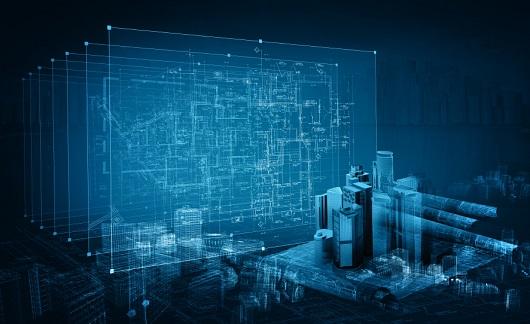The Intelligent Edifice: Key Trends in the Building Analytics Market

The evolution of any property technology (PropTech) market is defined by a set of powerful trends that aim to make our built environment more efficient, sustainable, and human-centric. The world of smart buildings is no exception, with several pivotal Building Analytic Market Trends currently shaping its future. These key developments are a primary reason the market is set for sustained growth, with forecasts indicating it will reach a valuation of over USD 18.5 billion by 2035, supported by a solid 8.39% annual growth rate. These trends point towards a future where buildings are not just monitored but become self-optimizing, autonomous systems that are perfectly tuned to the needs of both their owners and their occupants.
One of the most significant trends is the increasing use of Artificial Intelligence (AI) and machine learning for predictive and prescriptive analytics. Early building analytics systems were primarily based on a set of pre-defined rules to detect faults. The current trend is to use AI to learn the unique operating patterns of a specific building and to predict future outcomes. This includes using machine learning for predictive maintenance, forecasting when a piece of HVAC equipment is likely to fail so it can be serviced proactively. It also includes prescriptive analytics, where the AI doesn't just identify a problem but recommends the optimal solution, such as suggesting the ideal temperature setpoints to minimize energy use while maintaining occupant comfort.
Another powerful trend is the integration of a much wider range of data sources beyond the traditional Building Management System (BMS). The trend is towards creating a "digital twin" of the building that incorporates data from many different systems. This includes real-time occupancy data from Wi-Fi access points or smart lighting sensors, which allows the HVAC and lighting systems to be adjusted automatically based on how many people are actually in a space. It includes integrating with meeting room booking systems to pre-cool a room before a scheduled meeting. And it involves pulling in external data like weather forecasts and electricity grid pricing to make more intelligent control decisions.
A third key trend is the growing focus on the occupant experience and well-being. For a long time, building analytics was solely focused on energy efficiency. The trend now is to also use the technology to create a healthier and more productive indoor environment. This part of the trend is focused on monitoring and optimizing Indoor Air Quality (IAQ), including CO2 levels, volatile organic compounds (VOCs), and humidity. The analytics platform can be used to ensure that ventilation rates are optimized to provide fresh, healthy air to occupants. As more companies recognize that the well-being and productivity of their employees is their most valuable asset, this focus on "healthy buildings" is becoming a major driver of the market.
Explore Our Latest Trending Regional Reports:
Canada Construction Software Market
- Искусство
- Разработка
- Ремесло
- Танцы
- Напитки
- Фильмы
- Фитнес
- Еда
- Игры
- Садоводство
- Здоровье
- Дом
- Литература
- Музыка
- История и факты
- Другое
- Вечеринка
- Религия
- Поход по магазинам
- Спорт
- Театр
- Новости


